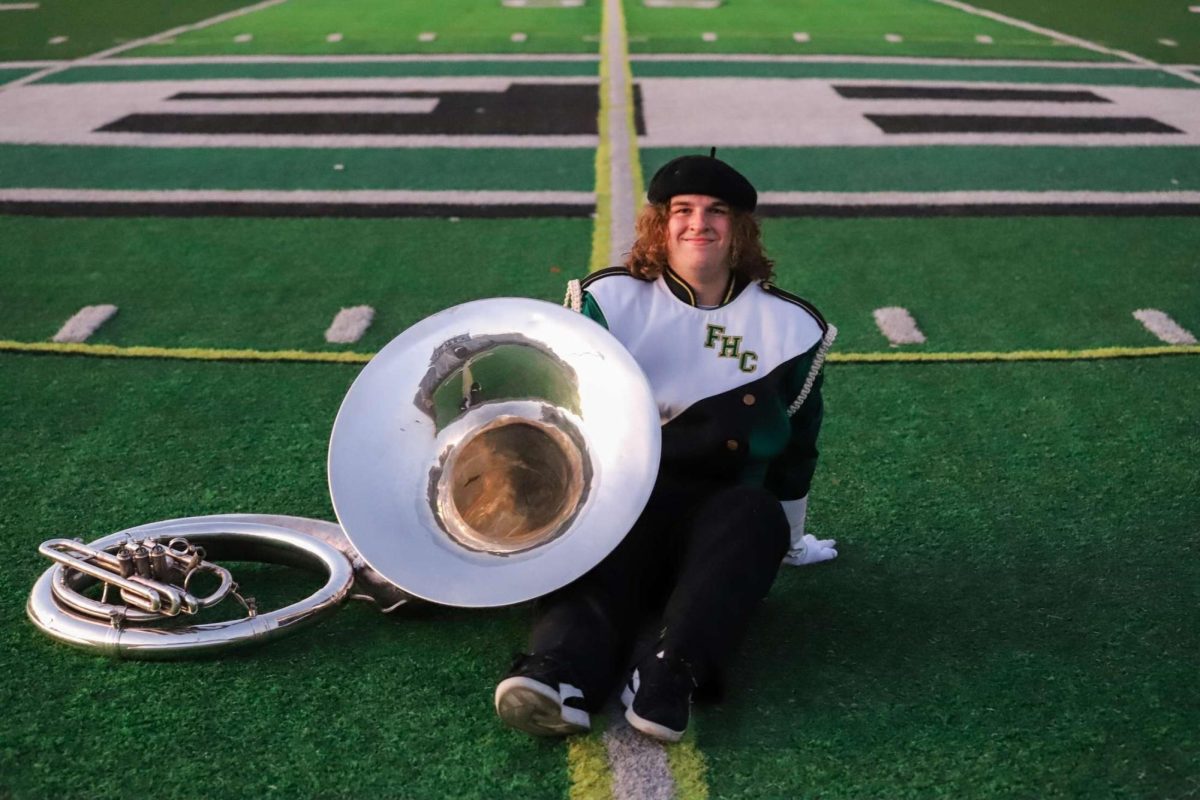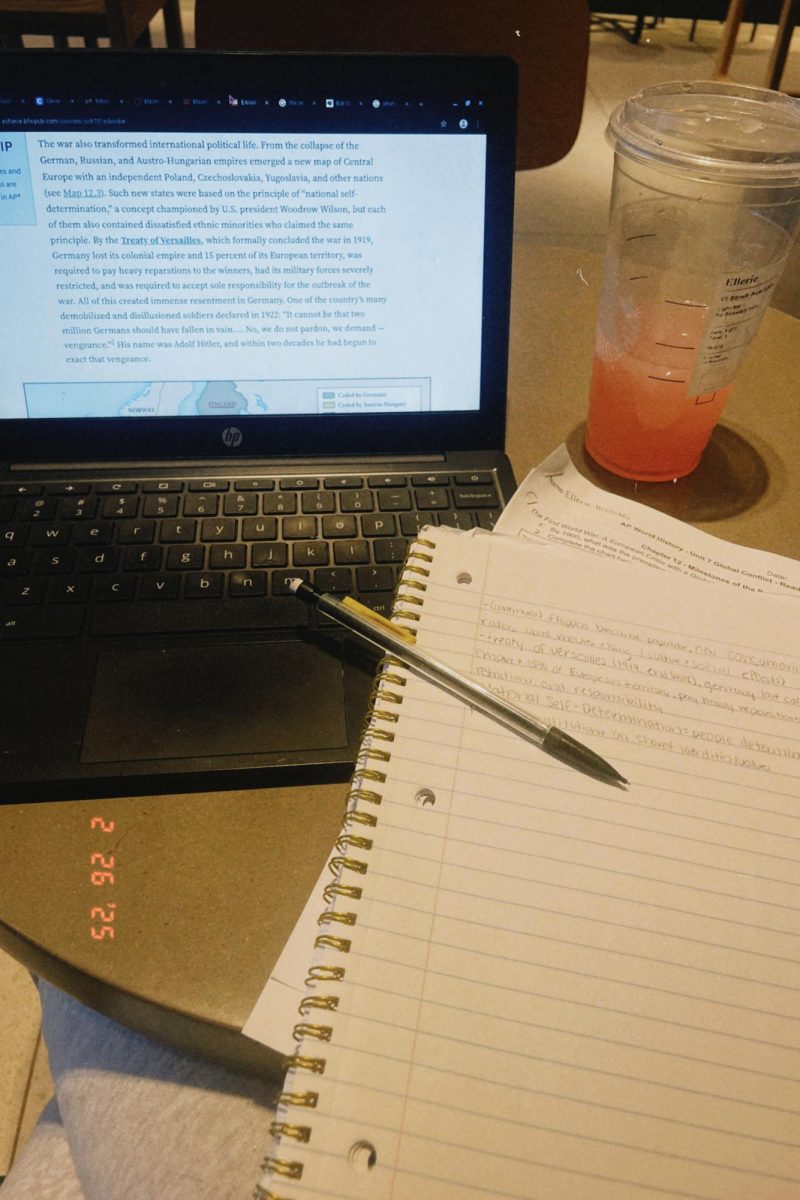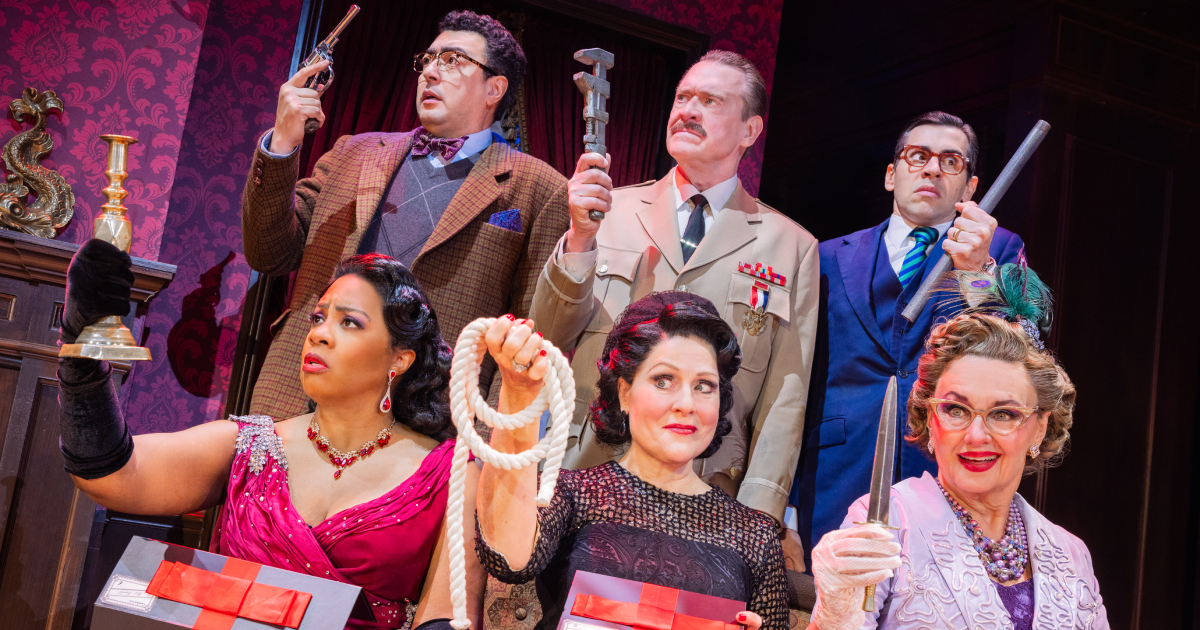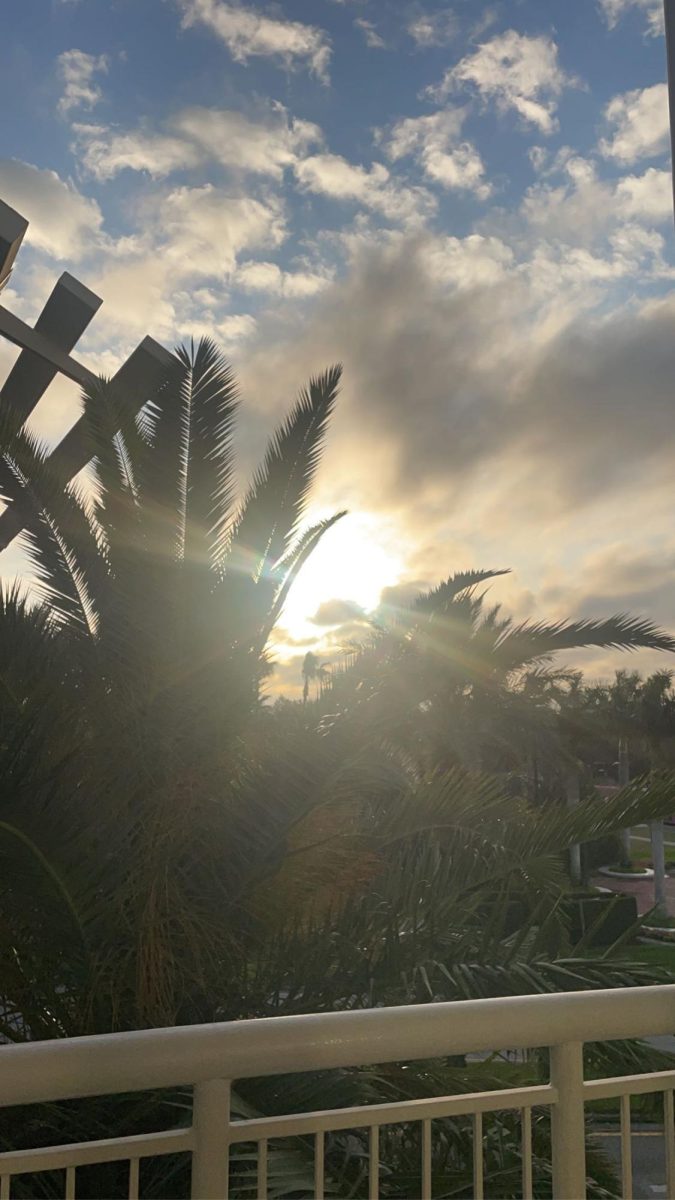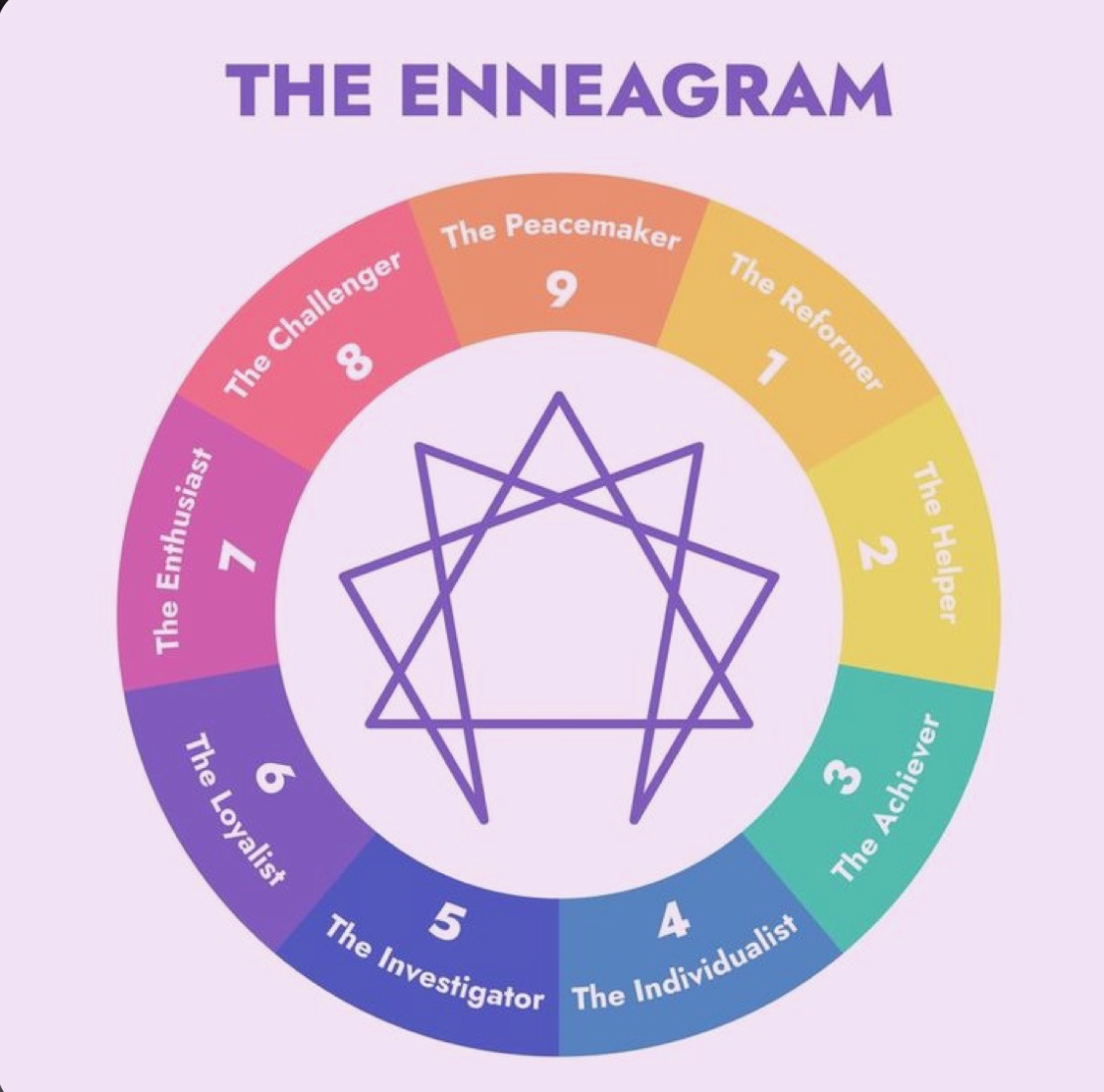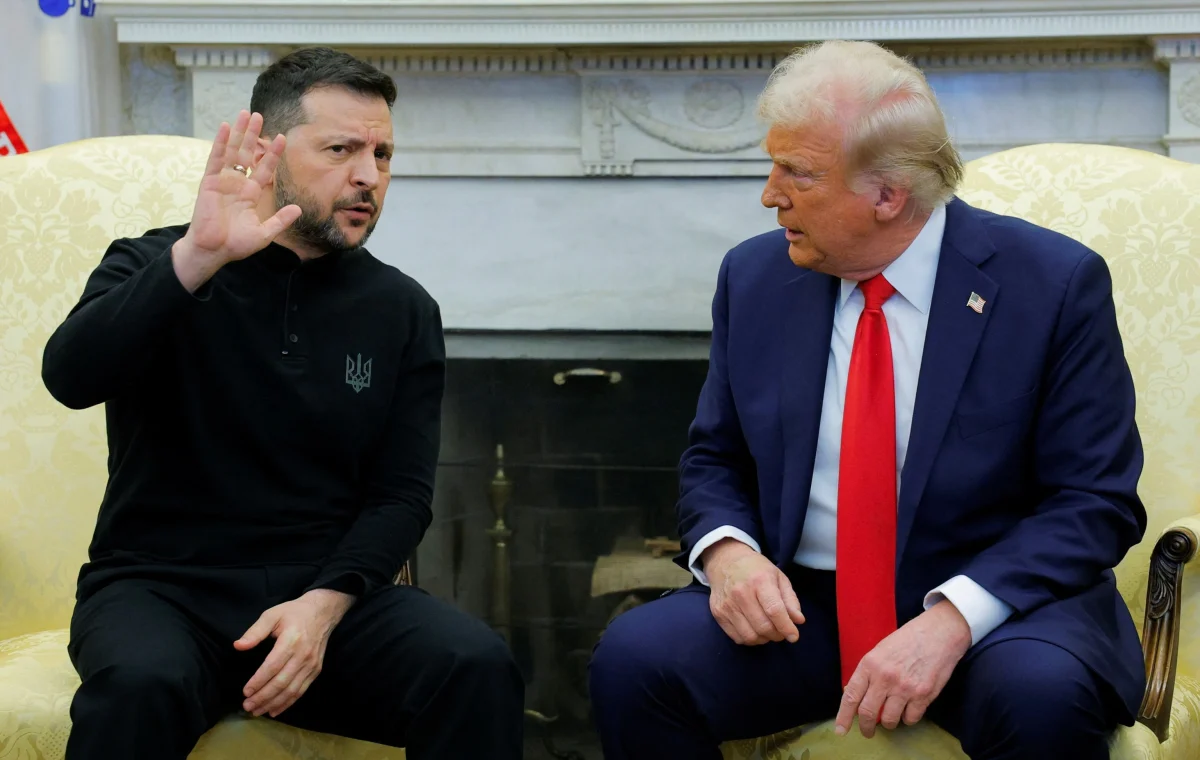Full orchestra brings the music programs of FHC together
More stories from Kyle Basher

If you asked band director Laura Zilhaver about getting a full orchestra together, she’d tell you that COVID-19 made it challenging; however, she is bringing back one of the band’s traditions that has laid dormant for years.
“This is something that Mr. [Andrew] Pool and I have talked about since I started five years ago,” Zilhaver said. “We dipped our toes in the water in spring 2019. With COVID-19, it was hard for our normal ensembles to meet, let alone full orchestra.”
Full orchestra hasn’t happened in about three years for several reasons: band member counts and a global pandemic shutting down schools are just a few of those.
Orchestra director Pool is looking forward to getting things back together about a year from now.
“If we can keep things going this year,” Pool said, “then when the marching season is over next fall, we will be able to put full orchestra together again. I think we have the talent and commitment; I think it’s high time.”
The answer lays in the marching season, which could go into late October or potentially past that. On top of that, the December concert is typically the most challenging concert of the year.
As Pool said, full orchestra is here to stay. Not just coming back for this year, but hopefully, for years to come; however, what is full orchestra? As Pool puts it, it’s “the highest level of playing in the band.”
“It’s a recognition that when you get to the top level of band,” Pool said. “You go to the symphony, and when you go to the symphony, you play with all the strings at the top level. That’s what full orchestra is.”
Full orchestra is the combination of the best players in the wind ensemble and the symphony orchestra to create—as the name implies—a whole orchestra.
To be in full orchestra, you need to be one of the best of the band, and who better to decide who that is than Zilhaver? She directs the band and hears them play as sections on a daily basis, but you can’t tell who’s playing better in a group setting like that.
“We just completed an audition process,” Zilhaver said. “I had them play an excerpt from a concert piece, [along with] a few scales, to prove their readiness for full orchestra.”
The selective nature of full orchestra makes it a truly unique experience for a player from either of their respective ensembles.
The joint melodies of winds, percussion, and strings make for a unique sound, but what truly makes it special is the opportunity of unity that the ensemble provides. No one agrees more than FHPS Fine Arts Director John DeStefano.
“Any time you can have full orchestra, it’s wonderful for the kids,” DeStefano said. “It’s a completely different opportunity for the wind and percussion players to oppose the wind ensemble. It tends to be a smaller group, so there are unique opportunities that are different from wind ensemble.”
A smaller group can mean a lot of different things for a band. It might mean that you have to be less picky about what music you can play. It can be that you have a tighter-knit group.
In the case of the smaller group, rather than acting as a hindrance for the members, it is an opportunity for them to show off their talents.
“Students who play in the whole orchestra, especially the wind, brass, and percussion players, have a chance to play a more soloistic line, unlike what they’d see in the wind ensemble,” Pool said. “In full orchestra, there might be one on a part. You might be one of 20 violins, but you also might be the only flute player on your part.”
Individualized parts are nothing like what those who play in the wind ensemble experience. The stacking of parts to create a bigger, louder, and more robust sound is taken away in favor of having the part be meticulously perfect.
Being the only one on your part makes it so that you can’t compare yourself to anyone else. If you don’t know your part, then no one does, but Pool believes that the people in full orchestra are up for the challenge.
“It puts a great amount of responsibility on knowing your part,” Pool said. “It really requires you to be note-perfect. I know it’s a challenge, but it’s a challenge that those players will accept.”
The challenges of full orchestra don’t just stop at the playing aspects of it. For several reasons, FHC couldn’t have full orchestra, but not because of a lack of interest.
As we all know, the COVID-19 pandemic brutalized the music departments at our school. There were fewer concerts, and playing wind instruments was always a question of ‘Can we?’ But now that the pandemic has cooled off and our normal is returning, this FHC tradition is making an incredibly strong comeback.
“That’s my hope: [that orchestra will happen all year],” DeStefano said. “Mr. Pool is planning on having it for the rest of this year and every year moving forward.”

After taking a gap year, Audrey is entering her second year on staff for The Central Trend. In her free time, you can find her reading, practicing music...










